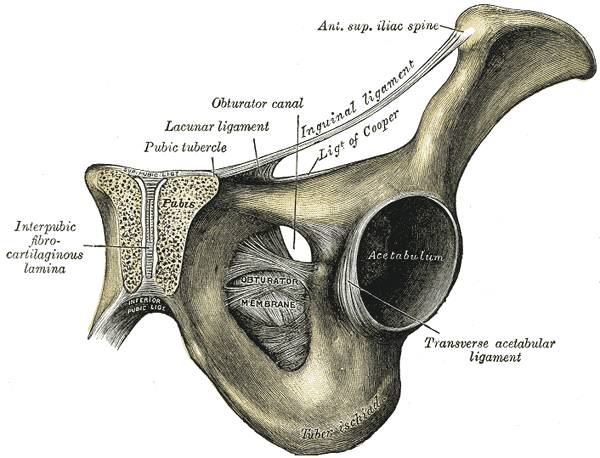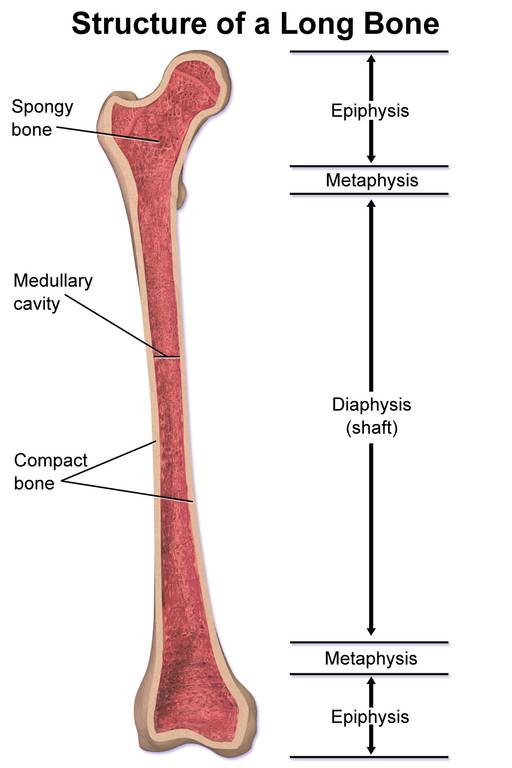Groin injuries are nagging, difficult to diagnose, and inconvenient for athletes when they do not resolve. These injuries are most frequently seen in soccer, hockey, martial arts, hurdling, and skiing; however, they may also plague CrossFitters and Olympic weightlifters.
What Causes Groin Injury and Pain?
Groin pain is often due to overuse or repetitive specific use of the lower abdominals and proximal thigh. But there is a broad spectrum of differential diagnosis in groin injuries. While most often the pain stems from soft tissue dysfunction, such as a muscle strain, tendonitis, or contusion, occasionally groin pain may be referred from the lumbar spine, osteitis pubis, neural entrapment, “sports hernia,” and true hip pathology, to name a few.
RELATED: It’s All in the Hip: 5 Steps to Fixing Movement Dysfunction
Acute groin pain is common in sports that involve kicking, running, or rapid changes in direction, such as soccer, football, and martial arts. Athletes will associate pain with a specific movement and may feel or hear a pop in their groin. Physical examination might reveal tenderness, bruising, and muscle swelling. Usually, these resolve with rest and physical therapy in four to six weeks. If there is tenderness along the inguinal ring, hip joint, or lumbar spine, the matter will warrant further investigation.
What About Chronic Groin Pain?
Chronic groin pain presents a more elusive challenge in diagnosis. This condition may be due to an ignored acute injury that continues to be irritated by activity. An original injury that doesn’t go away points to a more severe pathology.
Stress Fractures
Stress fractures are an injury at any bony site in the body and arise due to repetitive load and overuse. The most common stress fracture sites that refer pain to the groin are those of the pubic ramus (#4b in the illustration to the right) and femoral neck (the femur, just below the hip joint). A stress fracture presents as gradually worsening pain, intensified with weight bearing and usually decreases with rest.
RELATED: Female Athletes More At Risk For Stress Fractures
Avulsion Fractures
Avulsion fractures occur when load is so strong that the muscular attachment tears away from the bone. These injuries are associated with a forceful muscular contraction, and a palpable defect at the insertion of the muscles on the pubic rami may be felt.
Osteitis Pubis

Osteitis pubis is a chronic inflammation of the pubic symphysis (#5 in the above illustration) and adjacent bony structures as a result of repetitive stress of the muscular attachments during running. It is characterized by groin pain, tenderness at the pubic tubercle (#4d and also illustrated to the right), and pain with running, sit ups, and squats.
Sports Hernia
Athletic pubalgia, or “sports hernia,” presents similarly to an acute groin injury with sharp pain during rapid change in direction or forceful kick. It usually does not resolve completely with rest, and, while there is no palpable bulge like with an inguinal hernia, the opportunity exists to allow some of the abdominal organs to press against the weakened tissue.
LEARN MORE: Sports Hernias May Be Caused By a Hip Disorder
Hip Pathology

Two conditions of the hip that may cause hip pain and most certainly should not be ignored are Legg-Calve-Perthes disease (LCP) and slipped capital femoral epiphysis (SCFE):
LCP is avascular necrosis of the proximal femoral epiphysis, occurring in boys between the ages of eight and thirteen. Avascular death means that bone tissue dies off due to a lack of blood supply. As youth are becoming more active in unconventional sports (i.e., Harrison Maurus in weightlifting), as parents and coaches, it is our responsibility to figure out when our children are experiencing simple soreness and when something really wrong. A kid with LCP will complain of gradually worsening groin pain that refers to the abdomen or thigh. Over time, they may also develop a decrease in mobility and pain with movement.
SCFE occurs in boys ages ten to seventeen, who are tall, lanky, and thin, or morbidly obese. Groin pain in these athletes will either come on quickly with an acute incident, or gradually due to repetitive stress. As the condition progresses, the athlete will have pain referring into the hip and medial knee, as well as a limp.
Both LCP and SCFE warrant further investigation by an orthopedist and possible surgical intervention.
When to Seek Treatment
As with all injuries, anything that continues to persist beyond a few days or does not go away with rest requires medical evaluation. Groin injuries related to soft tissue, while annoying, have the ability to progress into a more sinister pathology due to the altered movement and mechanics that ensue to protect the area.
In acute cases, rest, ice, and anti-inflammatory medications are a good place to start. As always, if it doesn’t resolve, find someone you trust who knows more than you and get it checked out. An injured athlete isn’t an athlete; they’re just an injured person.
Photo 1 by Wiechers at nl.wikipedia (Transfered from nl.wikipedia) [GFDL, CC-BY-SA-3.0 or CC-BY-SA-2.5], from Wikimedia Commons.
Photo 3 by BruceBlaus (Own work) [CC-BY-3.0], via Wikimedia Commons






